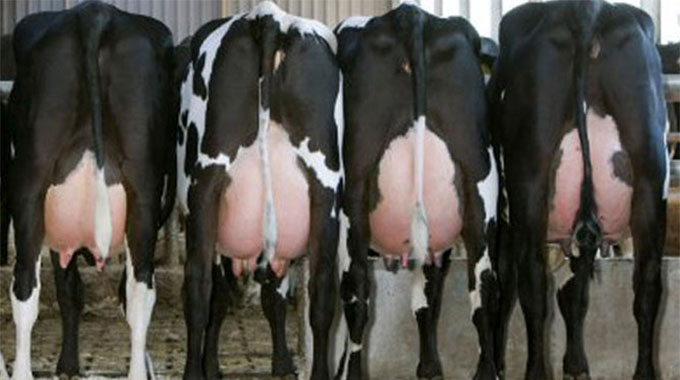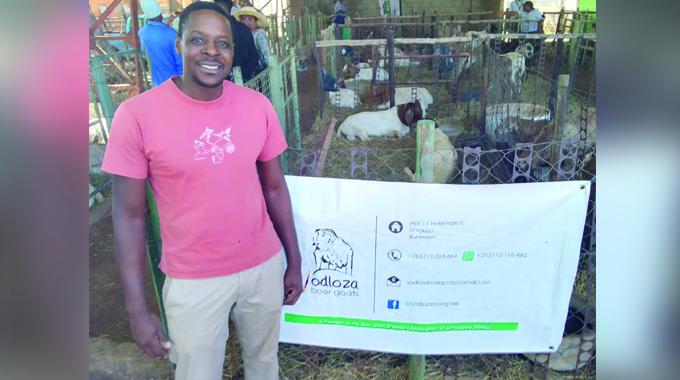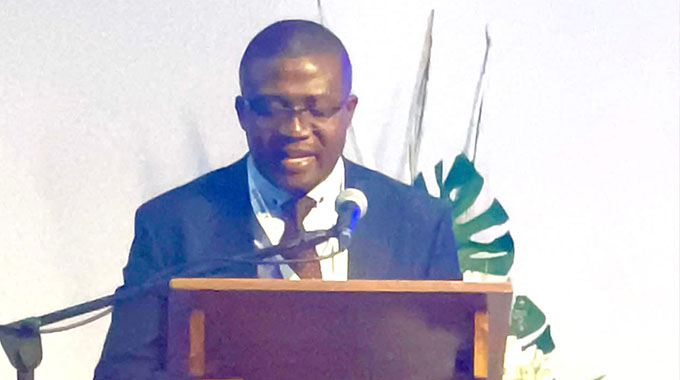Farmers target 180 million litres of milk

Michael Magoronga, Midlands Correspondent
THE dairy industry has embarked on a farmer mobilisation programme aimed at increasing the number of small-scale farmers by about 400 percent and boosting milk production in the country to 180 million litres per year.
The exercise is being carried out by Government and its partners in the dairy sector, targeting about 5 000 farmers by December 2020 up from 350.
Since the commencement of the programme in January this year, 2000 farmers have since been recruited and are expected to play a significant role in increasing milk production in the country.
Zimbabwe is producing on average 150 million litres of milk per year and importing about 30 million litres from South Africa to cover the deficit.
Government, through the Zimbabwe Agricultural Growth Programme (ZAGP), which also ushered in the revitalisation of the dairy sector in the country, is set to, among other things, see the country producing a self-sufficient 180 million litres annually of milk by the year 2023.
As a result, projects have been lined up to ensure that this ambitious goal is achieved. In an interview on the sidelines of the handover of in-calf heifers in Kwekwe recently, Zimbabwe Farmers Union Executive Director, Mr Paul Zakariya, said they were leaving no stone unturned towards achieving their target.
“Our target is that by 2022 going into 2023, we should be able to produce milk that is sufficient for the nation, that is 180 million litres per year. The measures that we have taken so far since we started the programme effectively on the ground last year, point to us attaining our goal,” he said.
Mr Zakariya said increasing the number of dairy farmers as well as the dairy cows was on top of the list. He said the target of 5 000 was achievable though it seemed somewhat ambitious.
“With this programme we are targeting 5 000 farmers. At the moment we are half that number and we have to push on that. We are mobilising farmers so that we have many players in the dairy industry,” he said.
“We have thus embarked on a nationwide mobilisation programme that has since seen our number of farmers increasing by almost 200 against our target of between 4 500 and 5 000 farmers by December.”
Besides the farmer mobilisation, Government and its partners has also embarked on a drive towards increasing the number of dairy cows. Currently Zimbabwe has a total of 39 000 dairy cows, of which only 18 000 are milking.
“We are importing in-calf heifers that we are distributing to our farmers across the country so that they increase quantity. Besides that, we also have an artificial insemination programme set to boost the dairy cattle, which also in turn will boost farmer participation and milk production in due course,” said Mr Zakariya.
The same programme also targets renovating and improving dairy infrastructure across the country as well as easy accessibility of stock feed.
“You find that almost 80 percent of costs for dairy farmers goes to feed. We are, therefore, working on a model to ensure that costs are reduced because if we manage to reduce costs, a farmer can also be able to realise a profit,” he said.
On the day, a group of farmers drawn from across the country benefited from the in-calf heifer programme.











Comments